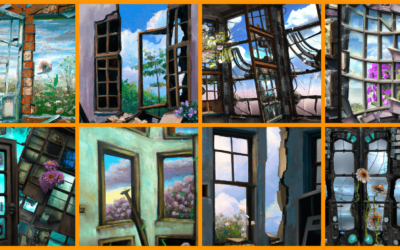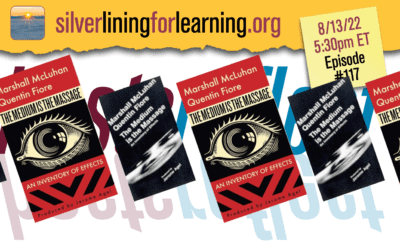Just came across this on the Ph.D. design list (a listserv for discussion of PhD studies and related research in Design) from a posting by Charles Burnette. He quotes Donald MacKinnon, author of a large study on creativity in the arts, sciences and professions:
If I were to summarize what is most generally characteristic of the creative [individual] as we have seen him (sic), it is his high level of effective intelligence, his openness to experience, his freedom from petty constraints, and impoverishing inhibitions, his aesthetic sensitivity, his cognitive flexibility, his independence of thought and action, his high level of energy, his unquestioning commitment to creative endeavor, and his unceasing striving for creative solutions to the ever more difficult … problems he constantly sets for himself.
The question to ponder is, how many of these correlates of creativity are amenable to teaching (i.e. can be taught / nurtured) in the classroom or other contexts and how many are completely outside of our control?
Charles Burnett also provides a couple of references to MacKinnon’s work:
MacKinnon D W. (1962). The nature and nurture of creative talent. Amer. Psychol. 17:484-95.
MacKinnon, D. W. (1978). In Search of Human Effectiveness: Identifying and Developing Creativity. Creative Education Foundation.



Yes, this is a good pointer. Very interesting quote of a creative person, if you note most of the artists are typified as being absent minded, or unaware of mundane things in life (unless it concerns them artisitcally) or being slightly out of touch with the world – all of it is the output of being the kind of person described above – in their own world. Right?